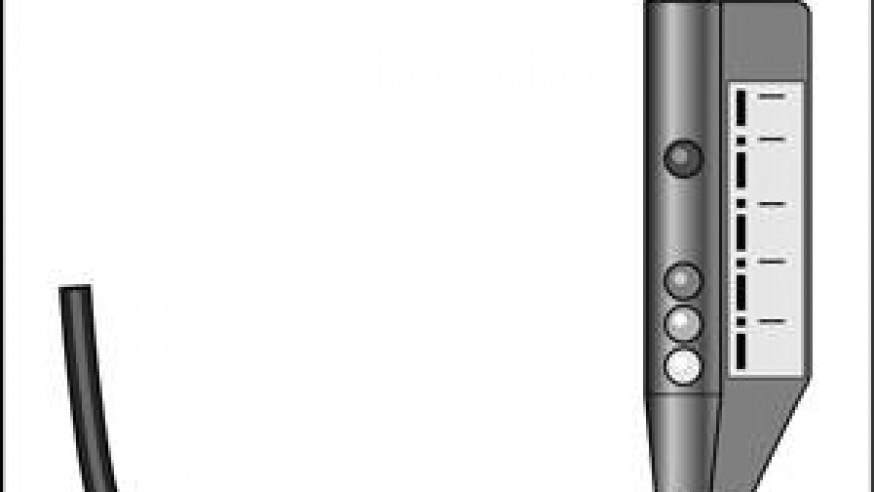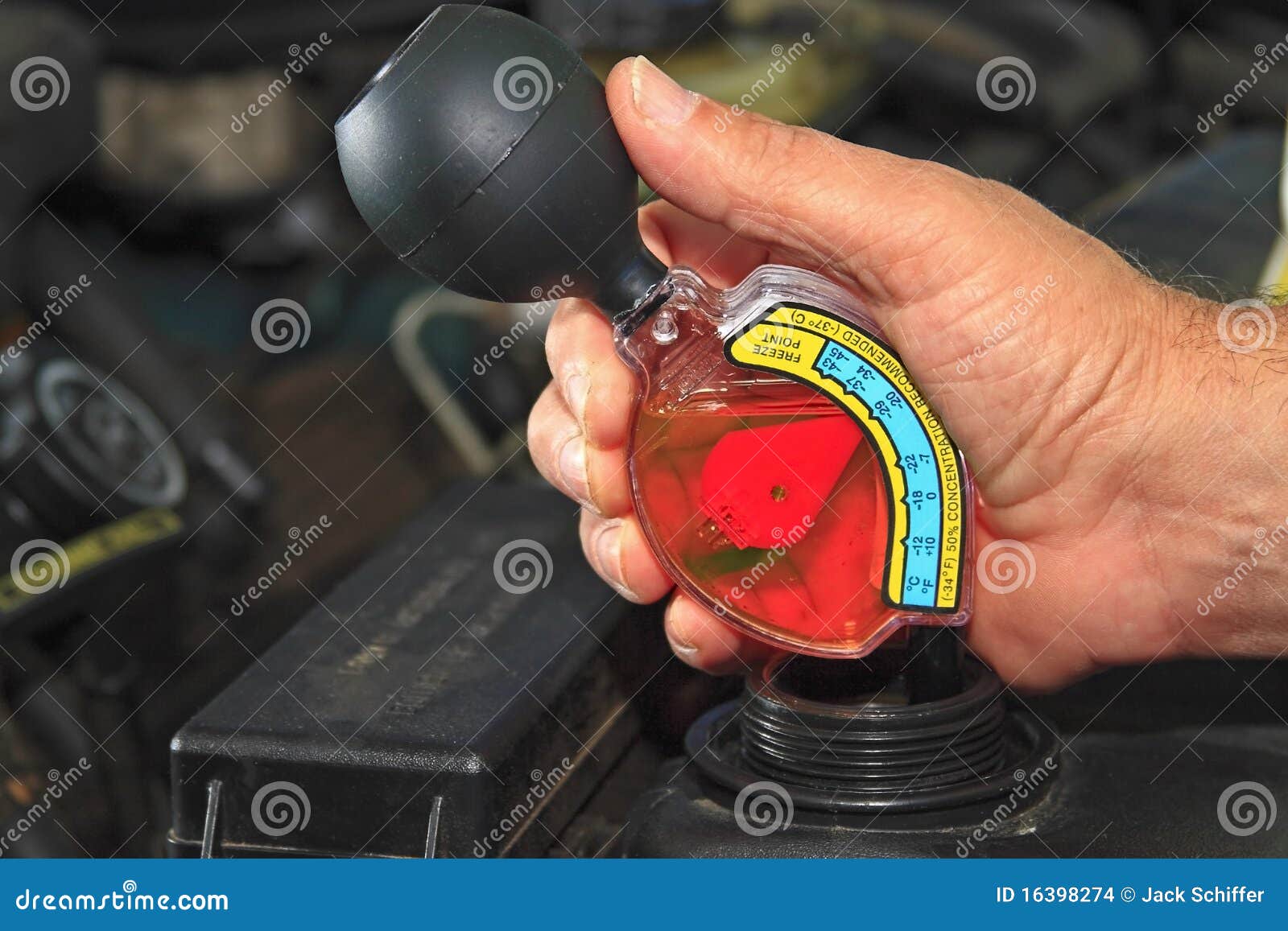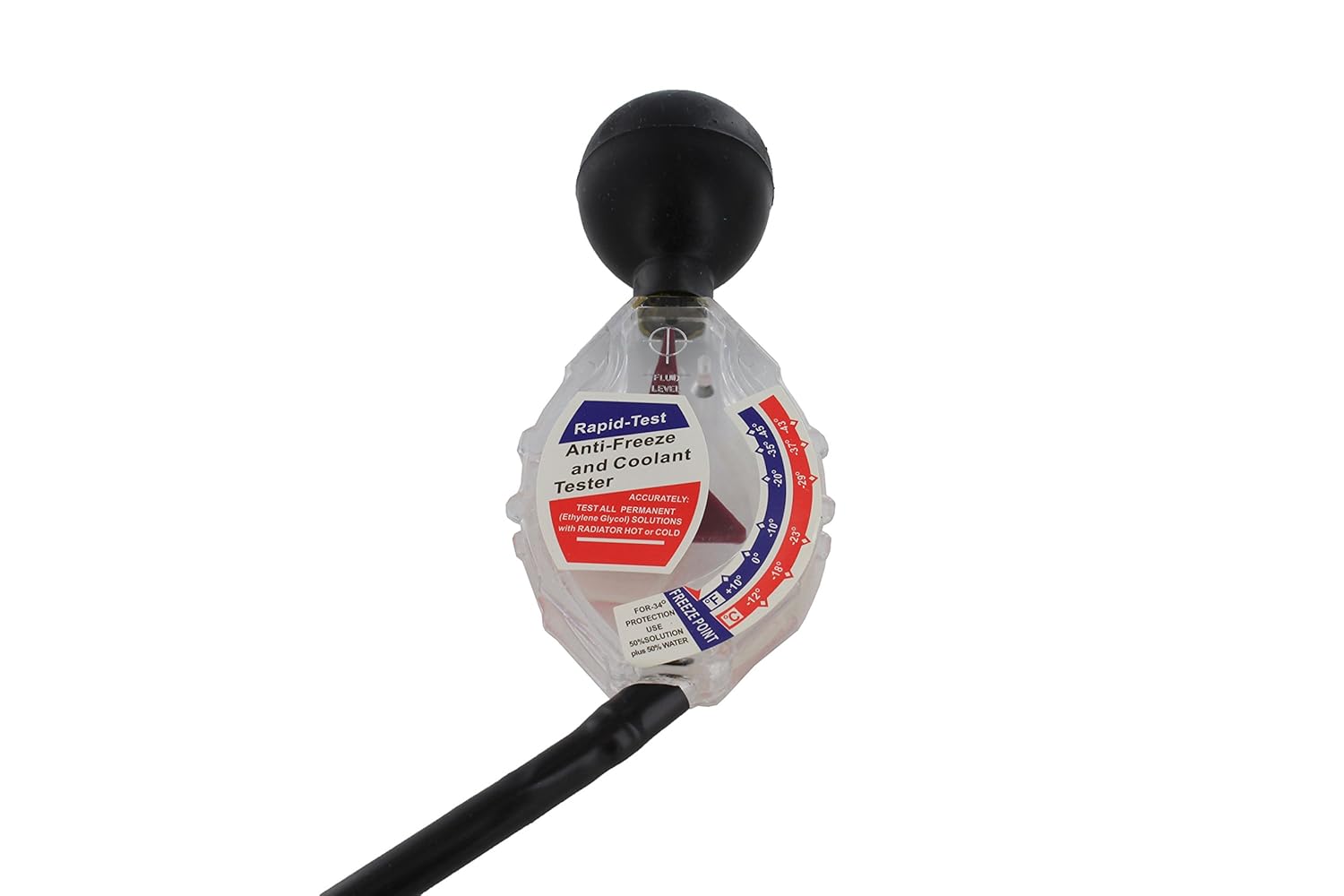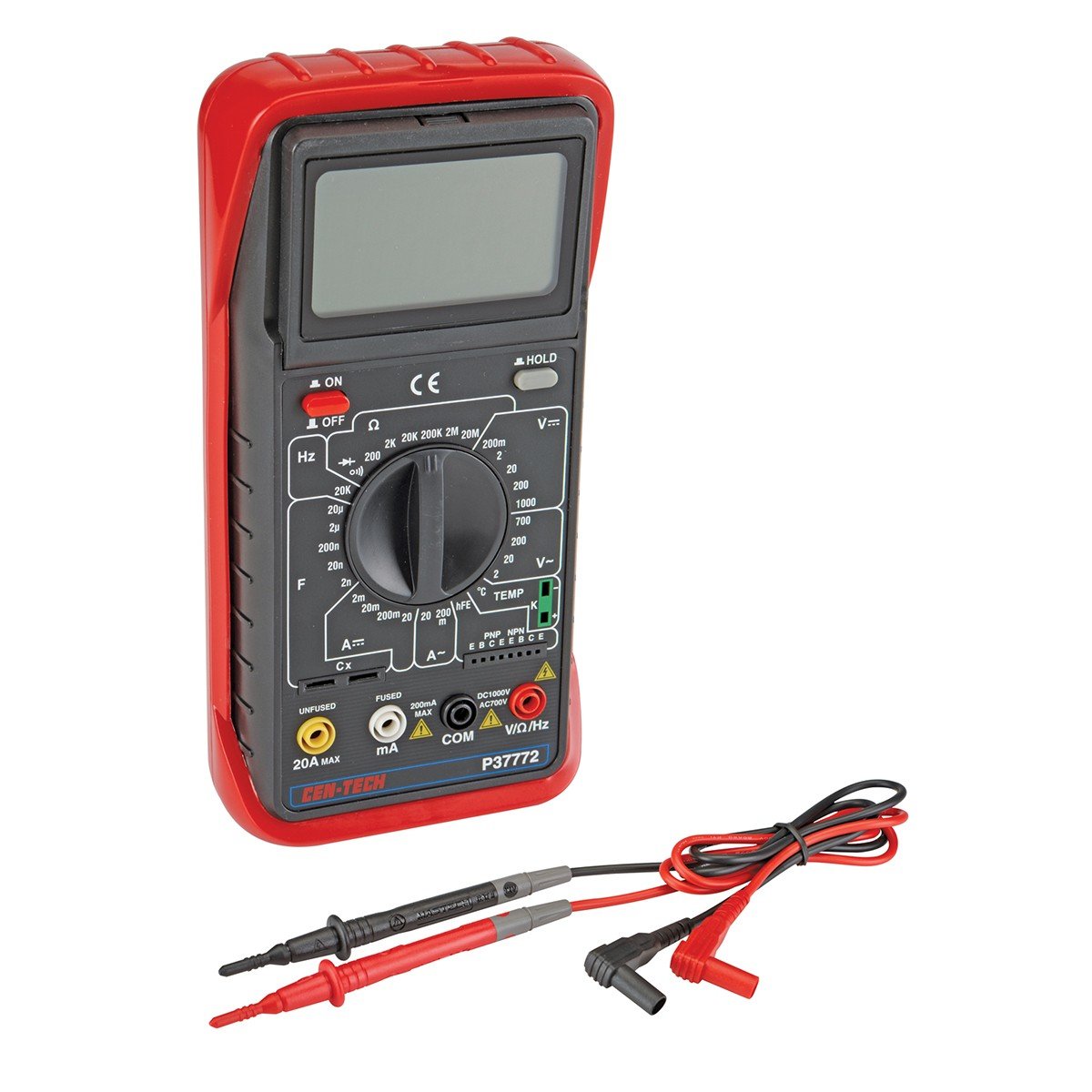How To Test Antifreeze
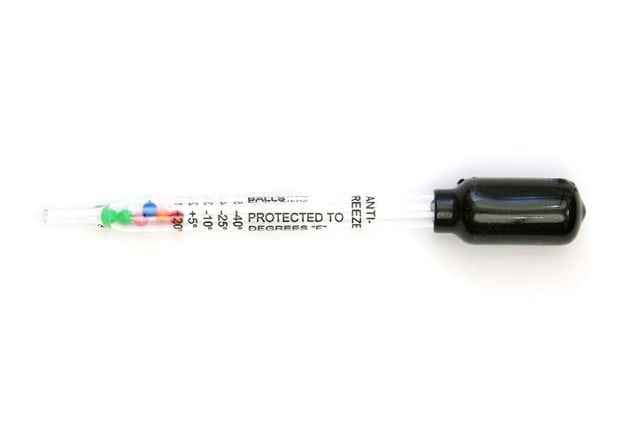
Check the freezing and boiling point of your coolant.
How to test antifreeze. A 5050 mix of liquid or coolant is usually sufficient. Now a litmus test can be used to determine the acidity or alkalinity of the coolant. There are testers available at most auto parts stores that can be repeatedly used to test your coolant. Once the engine is cool open the cap and suck a sample of coolant into the test tube.
The easiest way to test antifreeze for corrosion protection is with test strips. Over time the ability of your radiator fluid to absorb and dissipate heat declines. These are simple tools that are easy to use. Suck in coolant from the header tank.
If the weather turns extremely cold you can add a slightly higher proportion of antifreeze without hurting your cooling system. Begin with a cold engine. Never exceed a 7030 mixture of antifreeze to water. Heres a quick way to check it.
Only in an emergency should you add only water to the coolant system. Start by removing a small amount of coolant using a baster then placing the coolant in a cup. Testing antifreeze strength with a hydrometer use an antifreeze hydrometer. When the engine reaches operating temperature insert the positive probe directly into the coolant.
If the conductivity is high its time for a coolant flush and fill. In most areas a 5050 solution is recommended for year round use. You test the freezing and boiling points with an antifreeze hydrometer. See the directions under checking the coolant protection level.
Be sure to let your engine cool down before you remove your radiator or coolant reservoir cap. Check the coolant stored in the plastic bottle connected to the radiator. Use a coolant tester to know the exact protection temperature of your coolant. Although strips test the freeze point of antifreeze it can also determine if the antifreeze coolant has become corrosive or if it has anti corrosive life left to protect the engine.
You simply take the lid off the overflow tank and stick the hose of the tester in the tank. Set your digital multimeter to dc volts at 20 volts or less. Most modern engines have aluminum cylinder heads which require the protective anticorrosive properties of antifreeze. If there is a float take a reading where the float breaks the liquid surface and convert to antifreeze strength on the hydrometer chart.
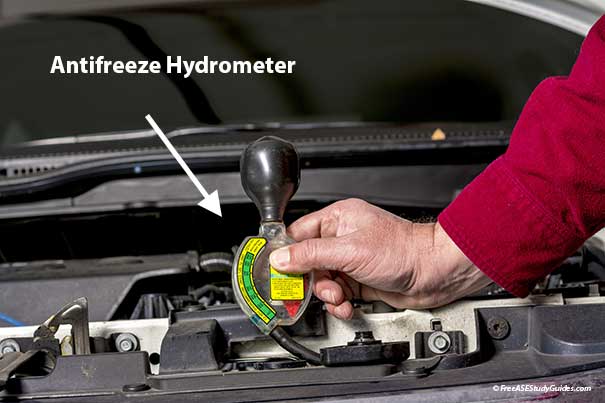


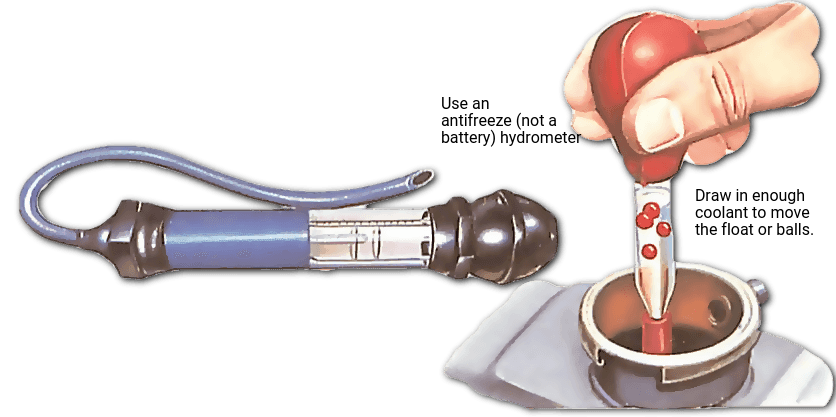
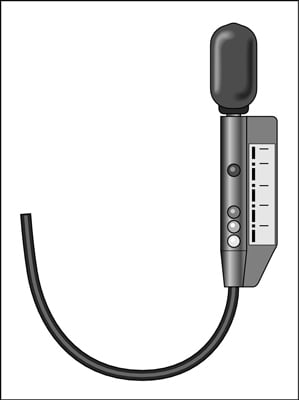








:max_bytes(150000):strip_icc()/GettyImages-155369140-58d6bd085f9b584683a67a3d.jpg)
